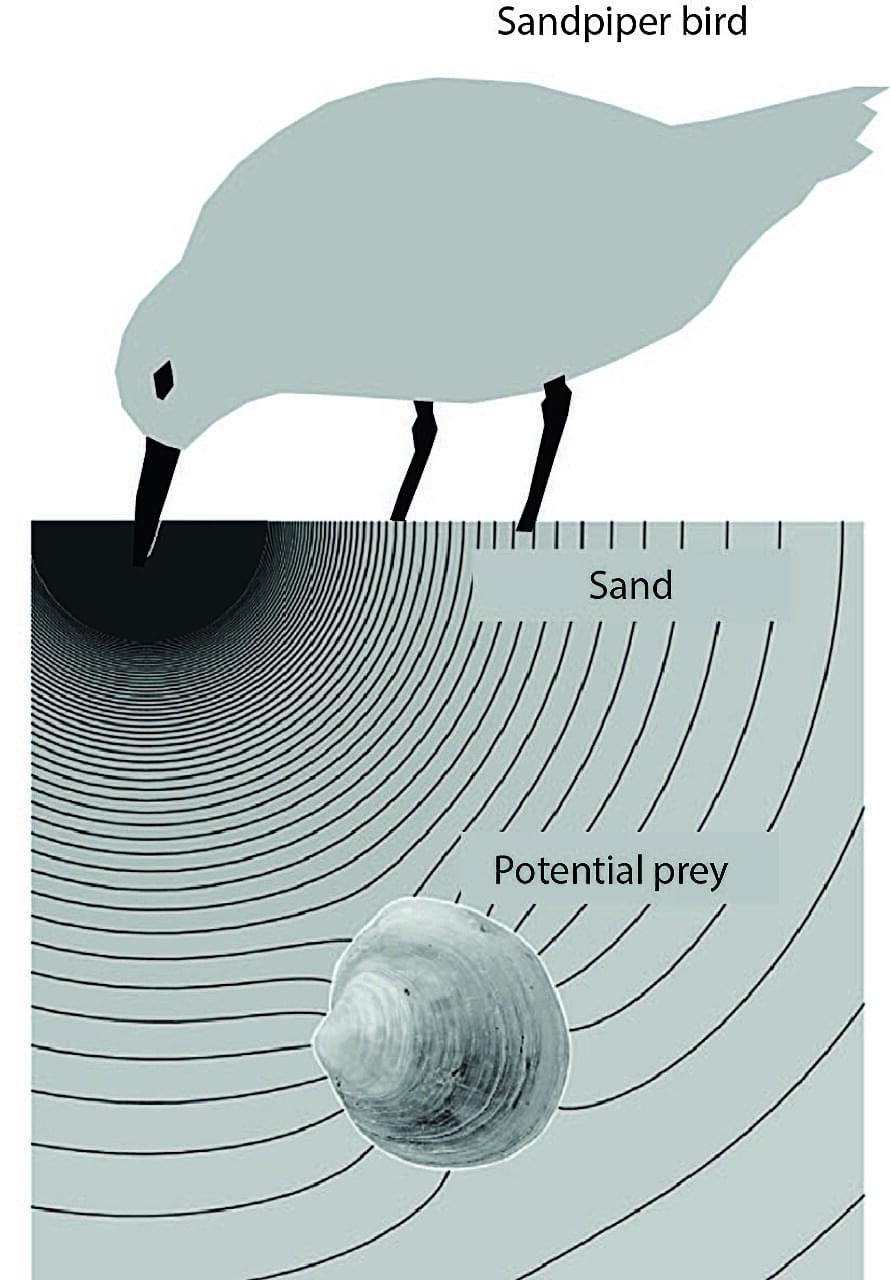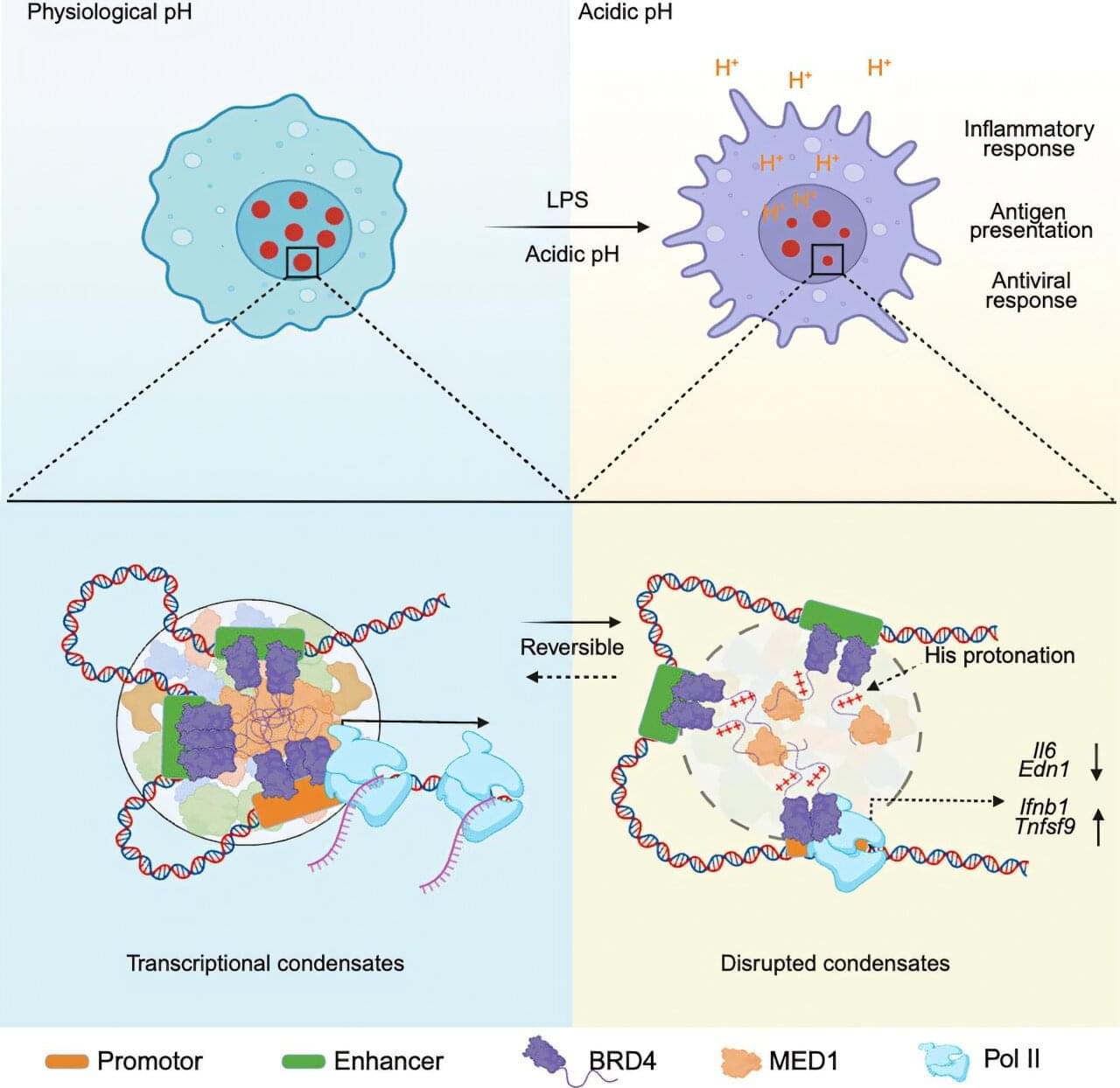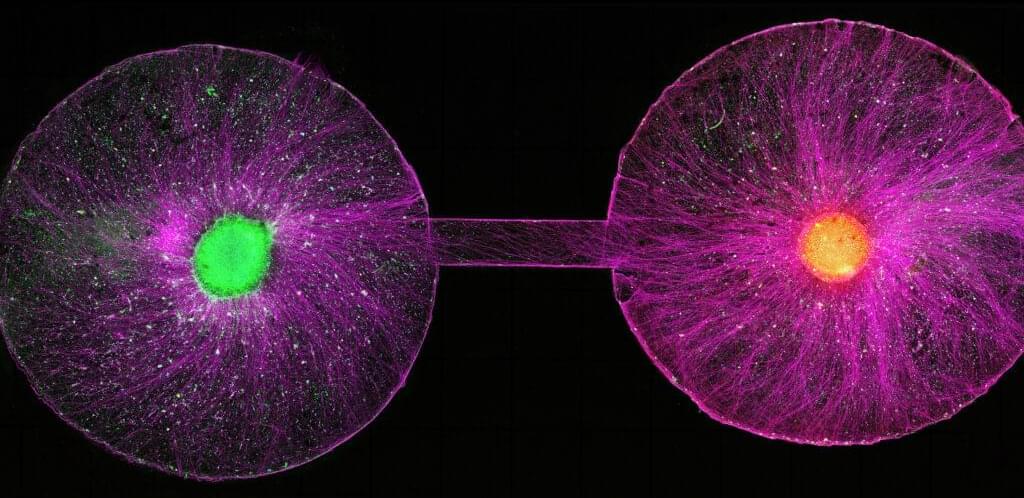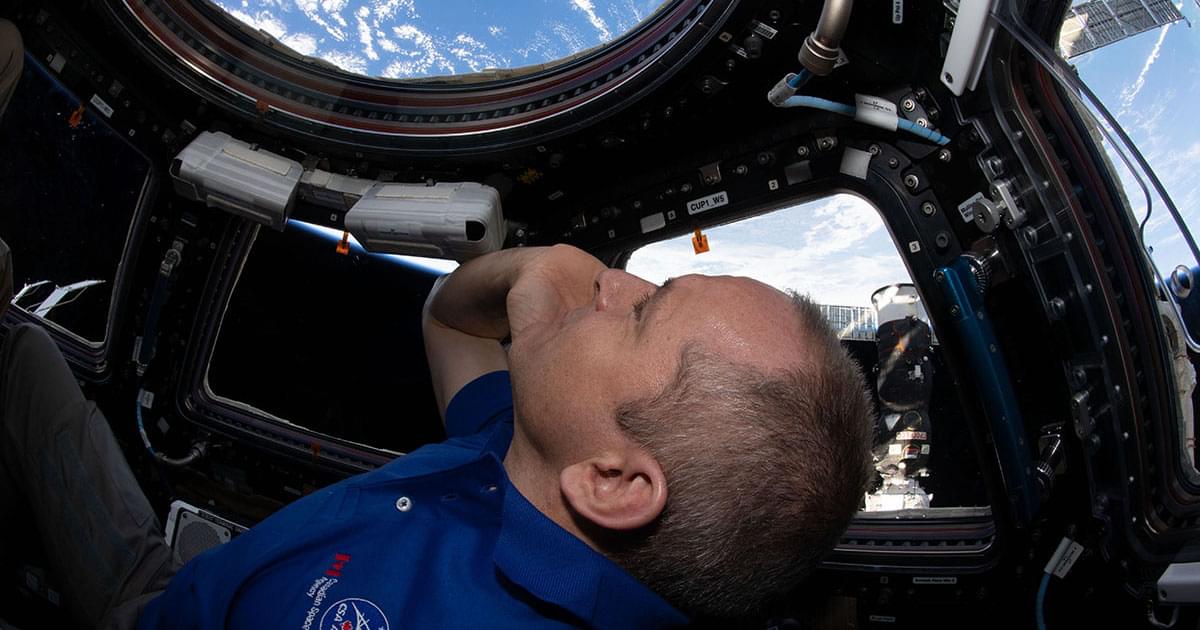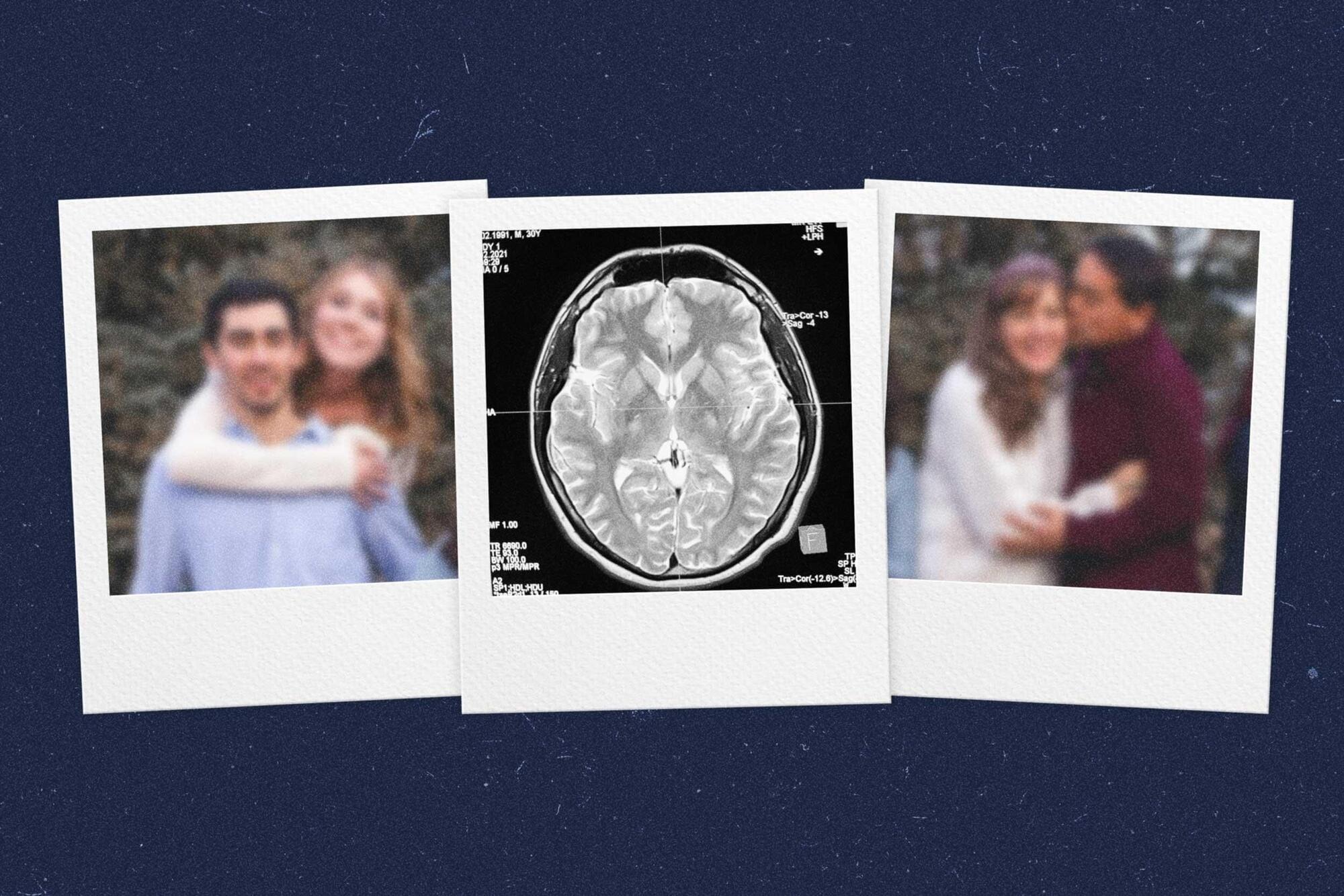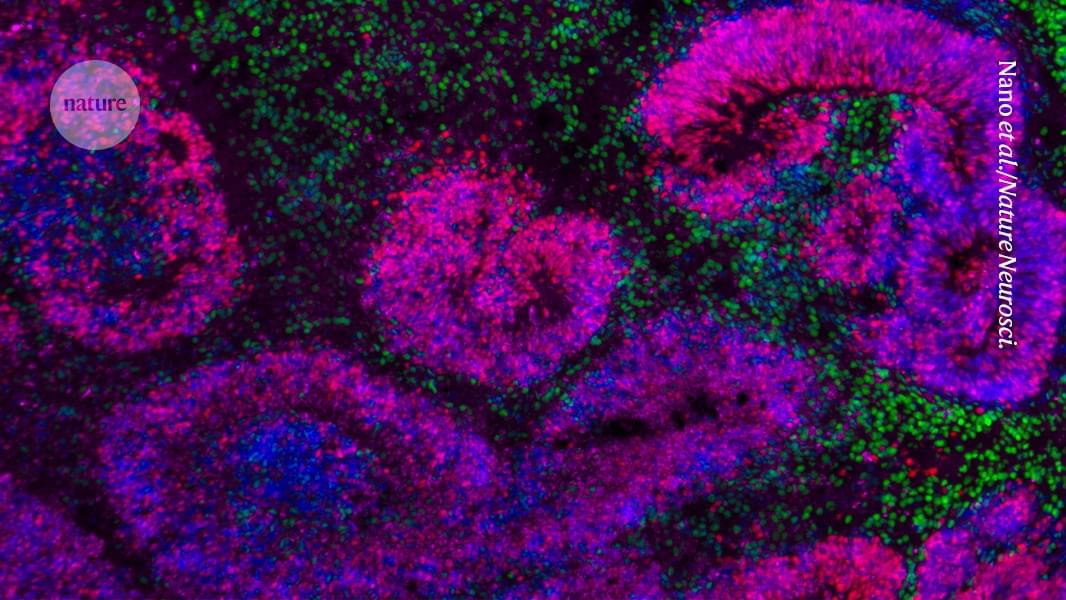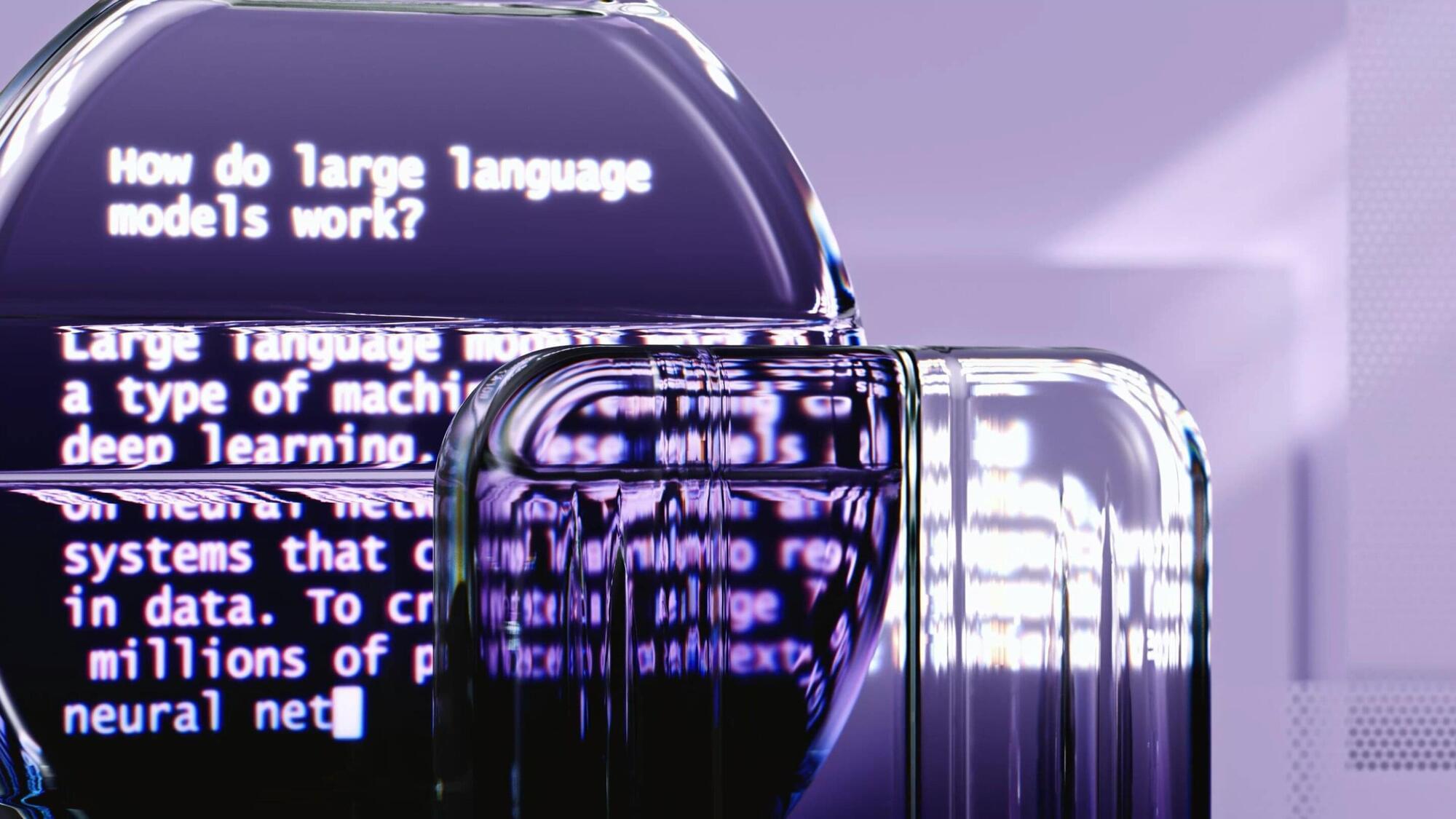Six of the most influential minds in artificial intelligence joined FT Live for an exclusive conversation on how their breakthroughs and the current state of AI are shaping our world.
On 6 November, Jensen Huang, Yoshua Bengio, Geoffrey Hinton, Fei-Fei Li, Yann LeCun, and Bill Dally spoke with the FT’s AI editor, Madhumita Murgia at the FT Future of AI Summit in London. Together, they reflected on decades of pioneering work — from neural networks to generative AI and discuss the ethical, social, and economic implications of the technology they helped to create.
All six, along with Professor John Hopfield, are recipients of the 2025 Queen Elizabeth Prize for Engineering for their foundational contributions to machine learning and AI.
👉 For more exclusive interviews and agenda-setting conversations with global AI leaders, visit our website: https://ai.live.ft.com/
#ArtificialIntelligence #JensenHuang #GeoffreyHinton #AI #MachineLearning #FTLive #FutureofAI
